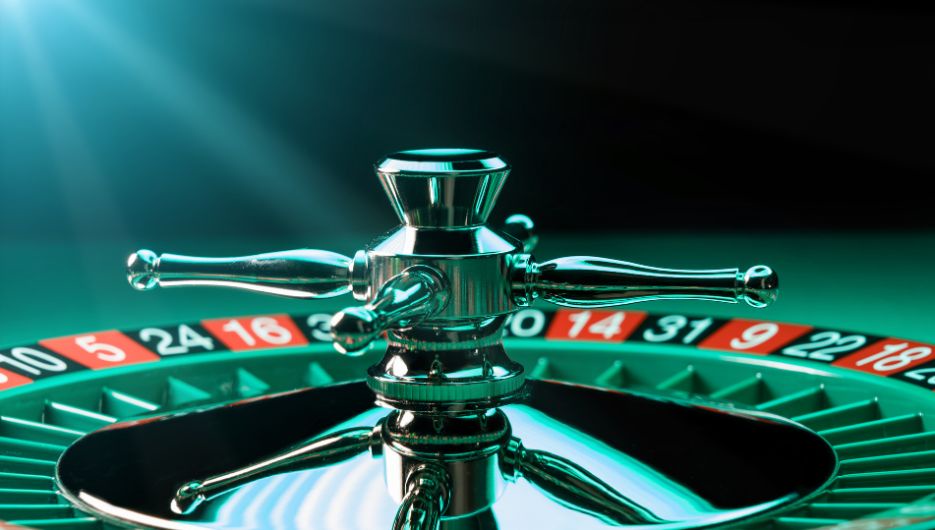Creating your own Roulette game can be a rewarding experience that showcases your creativity and programming skills. In this step-by-step guide, we will walk you through the process of developing your very own Roulette game. From planning and design to programming and testing, each stage is crucial in bringing your vision to life.
Step 1: Define Your Game Concept and Requirements
Before diving into the development process, define the concept and requirements of your Roulette game. Decide on the game's theme, visual style, and any unique features you want to include. Outline technical requirements such as platforms, programming languages, and frameworks you'll use.
Step 2: Design the Game Elements
Design the visual elements of your Roulette game, including the wheel, table layout, betting options, and chips. Pay attention to details like color schemes, typography, and animations to enhance the user experience. Ensure the design elements are intuitive and visually appealing.
Step 3: Choose the Right Technology Stack
Select the appropriate technology stack for your game. Choose the programming language, game engine, and development tools that align with your requirements. Popular choices for game development include Unity, Cocos2d, JavaScript, and HTML5. Research and evaluate different options to find the best fit for your project.
Step 4: Implement the Game Mechanics
Start programming by implementing the core game mechanics, such as spinning the roulette wheel, ball movement, and bet calculations. Ensure the game rules are accurately reflected in the code and that the game flow is smooth and responsive. Break down the development tasks into smaller modules for better code management.
Step 5: Develop the User Interface
Create a visually appealing and user-friendly interface for your Roulette game. Implement the table layout, betting options, and player controls. Ensure the layout is responsive to different devices and screen sizes. Test the user interface across various platforms to ensure a seamless experience.
Step 6: Integrate Sound and Visual Effects
Enhance your Roulette game with sound effects and visual animations. Create audio cues for wheel spinning, ball landing, and winning moments. Implement animations for wheel rotation, chip movements, and winning notifications. These elements contribute to the excitement and engagement of players.
Step 7: Test and Debug
Thoroughly test your Roulette game to identify and fix any issues or glitches. Test game logic, user interactions, performance, and compatibility across devices. Involve beta testers to gather feedback and make necessary improvements based on their suggestions.
Step 8: Launch and Promote Your Game
Prepare for the launch of your Roulette game by publishing it on appropriate platforms like app stores or web portals. Create engaging marketing materials, including screenshots, gameplay videos, and a compelling game description. Leverage social media, online communities, and influencers to generate buzz and attract players to your game.
Conclusion
Developing your own Roulette game can be a complex task that requires a combination of creativity, technical skills, and attention to detail. However, embarking on this journey with the support of a trusted Roulette Game Development Company like Bitdeal can significantly streamline the process. With their expertise and resources, Bitdeal can guide you through each step, ensuring a smooth and successful development journey. By leveraging their knowledge and experience, you can bring your unique Roulette game to life and captivate players with an immersive and thrilling gaming experience.
How to Create a Own Roulette Game? - A Step-By-Step Guide

3 min read
06 July 2023
In case you have found a mistake in the text, please send a message to the author by selecting the mistake and pressing Ctrl-Enter.

No comments yet